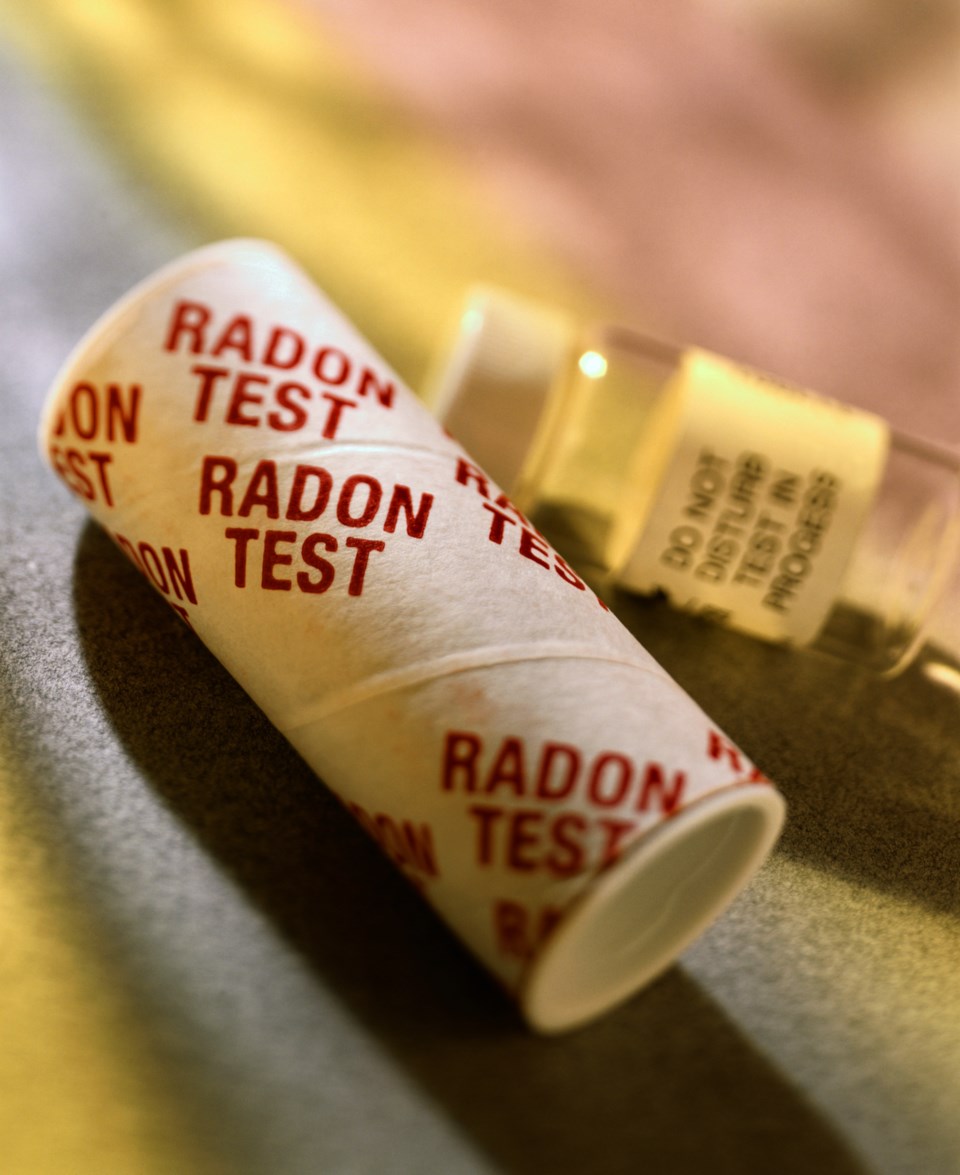The Longmont Leader accepts contributions, photos, letters to the editor, or LTEs, and op-eds for publication from community members, business leaders and public officials on local topics. Publication will be at the discretion of the editor and published opinions do not represent the views of the Longmont Leader or its staff. To submit a contribution, email [email protected].
Dear Editor,
Boulder County Public Health (BCPH) encourages residents to test their homes for radon, an invisible, odorless gas that can cause lung cancer. Radon is a naturally occurring gas that decays into radioactive particles and increases the risk of lung cancer for those living with radon trapped inside their homes. Radon exposure causes as many as 500 deaths due to lung cancer each year in Colorado. Testing for radon and fixing the issue is easy if your home has elevated levels.
In Boulder County, around 50% of houses have unhealthy radon levels, which is astonishing when compared to the rest of the country, which averages only 6% of houses with unhealthy radon levels. The average radon level in a Colorado house is above the EPA guideline of 4.0 pCi/L (before mitigation). Breathing radon at that level is like smoking eight cigarettes per day.
Take action this January—National Radon Action Month—by testing your home for radon.
In Boulder County, low-cost test kits are available at ReSource Central (resourcecentral.org) or sosradon.org. Test kits can also be found at local hardware and home improvement stores.
Winter is a great time to test for radon when more time is spent indoors and windows are closed. Testing is simple and inexpensive. If elevated levels are discovered, they’re easier to fix than you’d think.
For more information about radon and testing, visit www.boco.org/radon or contact Boulder County Public Health at [email protected]
Sincerely,
Patty Dooley-Strappelli
Environmental Health Specialist
Air Quality Program
Boulder County Public Health
Phone: 303.441.1560
Email: [email protected]



